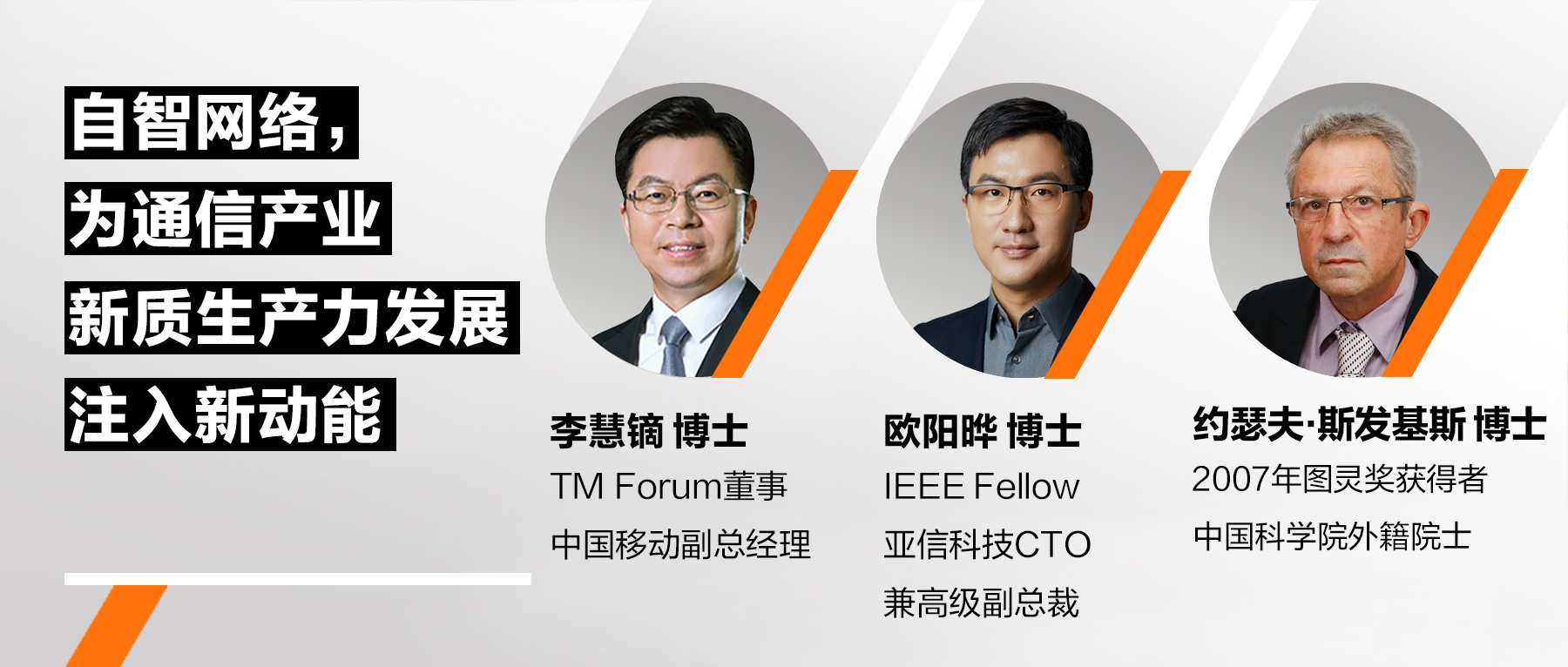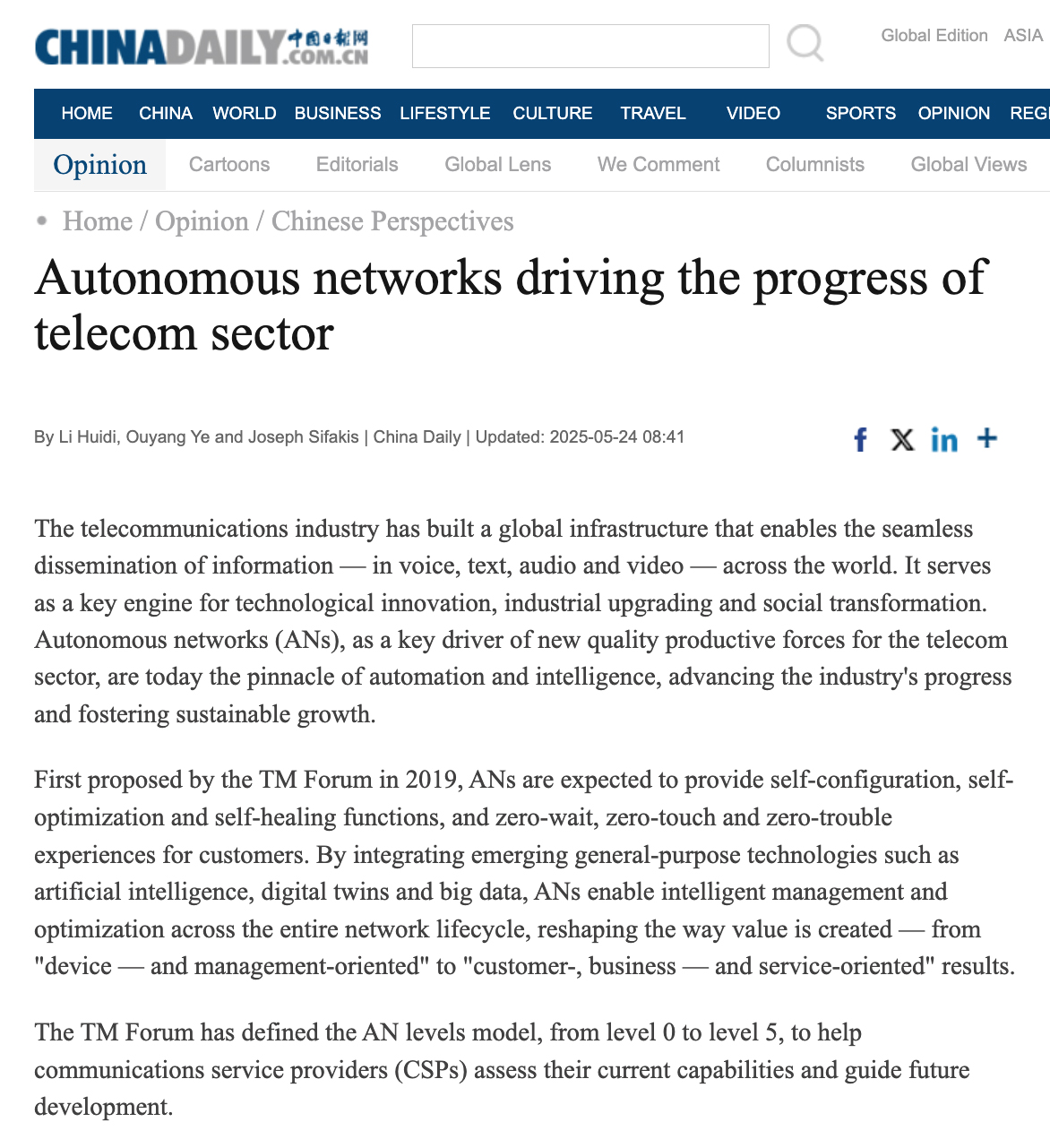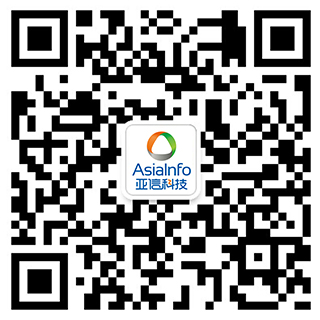Recently, China Daily, a central mainstream media outlet, published a special op-ed titled Autonomous Networks Driving the Progress of Telecom Sector in both its Chinese and English editions. This article was jointly authored by Dr. Li Huidi, a director of TM Forum and Deputy General Manager of China Mobile Communications Group Co., Ltd.; Dr. Ouyang Ye, Chief Technology Officer and Senior Vice President of AsiaInfo Technologies and an IEEE Fellow; and Dr. Joseph Sifakis, a Turing Award winner and a foreign academician at the Chinese Academy of Sciences. As a guidance for autonomous networks' development, this article clearly positions autonomous networks as a crucial direction for the evolution of telecommunications networks, with emerging general-purpose technologies like AI native and agent being leveraged to accelerate their advancement toward higher-stage and intelligent evolution. Autonomous networks have emerged as new quality productive forces driving comprehensive digital transformation and high-quality development in the telecom sector, continuously fueling innovative momentum for the entire telecom sector and even societal progress.
Below is the full text of the article.

Autonomous Networks Driving the Progress of Telecom Sector
The telecommunications industry has built a global infrastructure that enables the seamless dissemination of information - in voice, text, audio and video - across the world. Today, the telecommunications industry has become a foundational, strategic and pioneering force driving modern societal development. It also serves as a key engine for technological innovation, industrial upgrading and social transformation. However, facing with such huge and complex network systems, traditional network management and operation models can no longer meet the ever-growing data traffic demands and diversified service requirements. This urgently necessitates forging a high-efficiency innovation and development pathway toward automation and intelligence. As a critical evolutionary direction for telecommunications networks, autonomous networks represent the pinnacle of network automation and intelligence. They serve as new quality productive forces advancing comprehensive digital transformation and high-quality development of the telecommunications industry.
First proposed by the TM Forum in 2019, autonomous networks are expected to forge a "triple-self" network system including self-configuration, self-healing and self-optimization, comprehensively achieving automatic management across the entire network lifecycle. The goal is to deliver a "triple-zero" service experience — zero-wait, zero-touch, and zero-failure — for customers. While enhancing service quality, it maximizes resource utilization efficiency, thus advancing networks toward evolution in a more intelligent, efficient and reliable manner.
Subsequently, standardization bodies including the International Telecommunication Union (ITU), the 3rd Generation Partnership Project (3GPP), the Global System for Mobile Communications Association (GSMA), the European Telecommunications Standards Institute (ETSI) and the China Communications Standards Association (CCSA) have collectively advanced their own definitions and researches on autonomous networks. Their ultimate objectives converge on continuously enhancing the automation and intelligence levels of telecommunications networks, and promoting their evolution toward next-generation networks.
By converging emerging general-purpose technologies such as artificial intelligence, digital twins and big data, autonomous networks achieve intelligent management and optimization across the entire telecommunications network lifecycle. They deliver seamless, stable and secure network connectivity and personalized service experiences for customers, build new information infrastructure that integrates network connectivity with intelligent computing for diverse industries, transform massive network-generated data into strategic production factors, and provide robust support for digital transformation, intelligent upgrading and telecommunications network collaboration across all industries. Autonomous networks not only transform traditional network operation and maintenance models, but also fundamentally reshape the way value is created — from "device — and management-oriented" to "customer-, business — and service-oriented" results.
The TM Forum has defined the AN levels model, from level 0 to level 5, where higher levels represent progressively greater network automation and intelligence capabilities. Level 1 (assisted autonomy) is akin to a vehicle with basic driver-assistance features, capable of issuing alerts but with most decisions and actions performed manually. Levels 2 and 3 (partial and conditional autonomy) resemble systems with partial self-driving capabilities, which are able to operate autonomously under certain conditions but still require human oversight and intervention. Level 4 (high autonomy) corresponds to advanced autonomous systems capable of independently making decisions and taking actions in most scenarios, requiring human input only in exceptional cases. And level 5 (full autonomy) represents fully autonomous systems capable of operating and making decisions in all scenarios without human supervision.
ANs for telecommunications networks are now at a pivotal transition point, moving from levels 2-3 to level 4. Globally leading telecom operators have established clear evolution objectives and implementation road maps. For instance, certain Chinese operators have proposed establishing end-to-end fully automated "Dark Factory" pipelines under digital-intelligent operation and maintenance to achieve simplified operation and maintenance with minimal human intervention; European operators have introduced visions for unmanned network operation centers or are actively advancing the construction of cognitive intelligence and automation platforms; while American operators are aggressively deploying generative AI and Open Radio Access Network (Open RAN) architectures. Based on ANs, global universities and research institutions are actively advancing the evolution from 5G to 5G-Advanced and 6G, pioneering frontier technologies such as space-air-ground integration and communication-sensing-computing Integration, and accelerating the deployment of innovative applications like low-altitude economy and autonomous drive. These endeavors not only contribute to driving technological advancement across the telecommunications industry but also lay the foundation for future service innovation.
By 2030, most global operators are expected to reach AN level 3+ or level 4. Chinese operators have already reached the initial stage of level 4 in 2025, making significant progress in key scenarios such as 5G, enterprise cloud-network, and industry private network. They have also set a clear target of reaching the final stage of level 4 by 2027, demonstrating their determination to lead the global development of autonomous networks.
Autonomous Network Agents: Advancing to High-level Network Automation and Intelligence
ANs are a complex engineering system facing bottlenecks from both limited intelligence enhancement and resistance to faster progress. Currently, AI powers ANs through three models: AI assistant based on traditional machine learning, which integrates intelligence into workflows with minimal autonomy; AI monitor based on large language models, which focuses on providing knowledge and suggestions, offering some autonomy and less active intervention; and AI agent based on autonomous network agents, whose aim is to independently understand the goals and execute tasks, displaying the highest level of autonomy. Through scientific analysis and computation, the authors have estimated that AI assistant could peak at level 3.58 by 2029, AI monitor may reach peak at level 3.87 by 2030, and AI agent could reach peak at level 4.46 by 2031 (level 4.21 by 2027), making AI agent the only viable path to achieve advanced ANs.
AI technologies have been widely embraced across various industries. AI agent is a key means of continuously advancing the role of AI+, by integrating AI into the core business workflows of every industry. AN agents, deeply integrated into network development, serve as accelerator and catalyst for the evolution of ANs toward the advanced level 4+ stage. The AN agents enable networks to operate with minimal human intervention through a dual-wheel drive mechanism that responds to both networks' external environment and internal demands. This facilitates self-management, self-healing, and self-optimization capabilities of networks, while further driving innovative allocation of various production factors across the telecommunications industry. Ultimately, it accelerates the construction of level 5 fully autonomous and AI native telecommunication networks, and empowers the productive forces of telecommunications industry into an entirely new developmental phase.
The AN agents are expected to create a new enterprise operating framework that is data-driven and intelligence-powered. At the organizational structure level, the legacy department-centric vertical management model is expected to gradually evolve into a "data-business dual-drive" architecture. At the organizational culture level, the AI and data democratization trends driven by agents is likely to reshape the organization's value system and forge a "data-as-an-asset" consensus. At the business level, the "network-as-a-service" model based on agents is expected to accelerate the incubation and development of markets such as low-altitude economy, remote healthcare and online education, significantly reducing the digital transformation costs of small and medium-sized enterprises and helping form a positive cycle of "technological inclusivity, industrial upgrading, and improvement of people's livelihoods".
Outlook
As a new quality productive force in the telecom industry, ANs will fundamentally redefine the value of telecom networks, reflecting a shift from legacy network connectivity supply to intelligent network services, and from network resource management to value creation. But to overcome the challenges facing ANs, including the security of large language models and agents, as well as data privacy concerns, the telecom industry needs to make collaborative efforts to ensure the healthy and sustainable development of ANs. Once that is done, we are confident that ANs will help accelerate the high-quality development of the telecom industry and society, heralding a new era.

Figure: English Page of China Daily (Partial Content)








